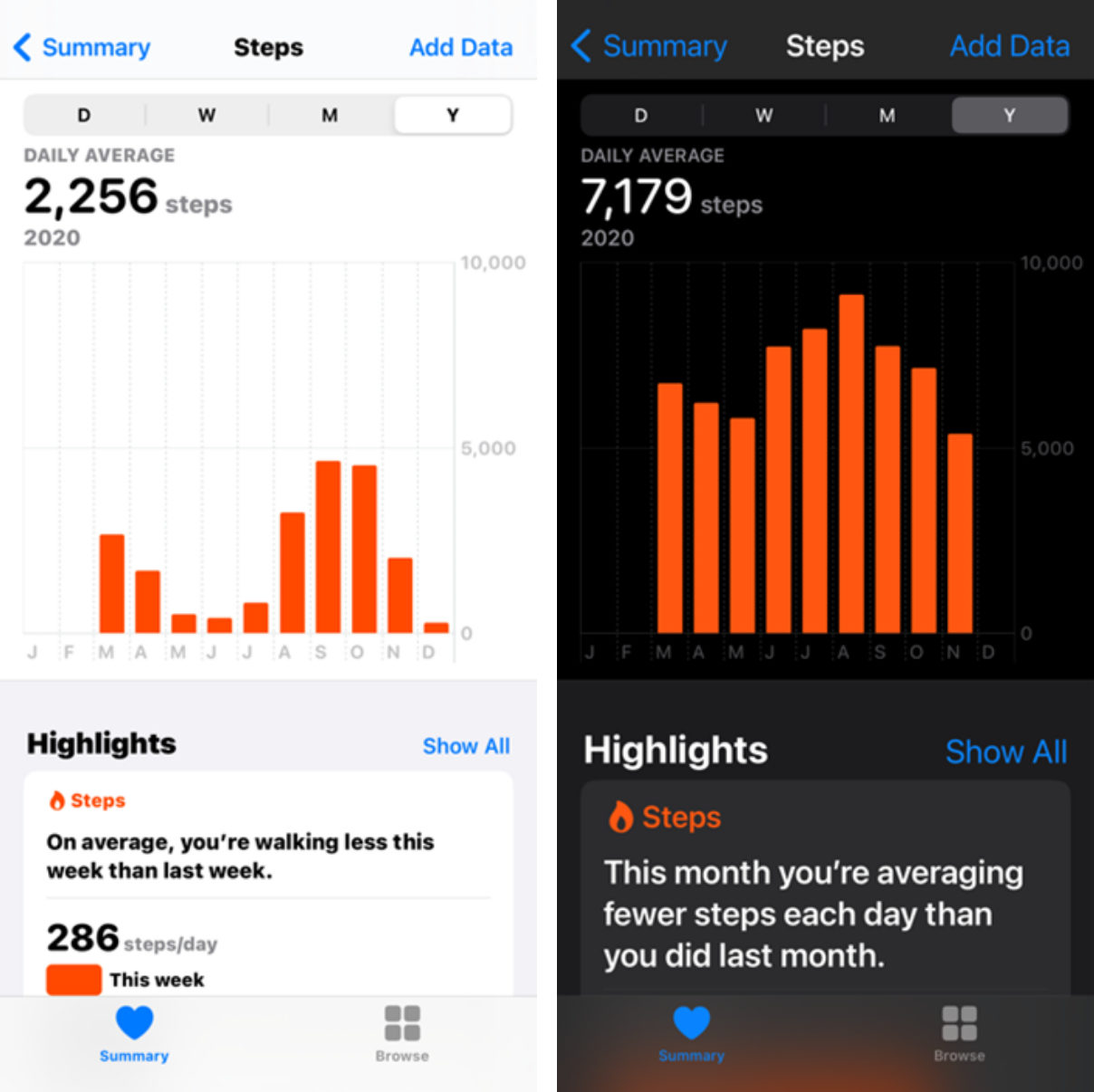Matt Smith is a director and chief content officer at WHJE and managing director of WPB.
Make sure you are sitting down because I am writing about lockdowns and exercise.
Now before you jump to any conclusions about my qualifications for such an endeavour (and possibly, like me, do yourself an injury as a result), I write this – not as some belated convert to undue physical torture – but as someone interested in behavioural science.
Our lockdowns have changed our collective behaviour more than any other experience in my living memory. Policymakers and politicians have spent years trying to cajole us to behave in certain ways, nudging us with carrots and sticks. Yet the pandemic has overnight caused fundamental shifts in our behaviour the like of which they can only have dreamt.
Our appetite for exercise has been one of these changes but the outcomes have diverged. When we were discussing the changes in behaviour in the office the other day, one bright spark suggested we compare our step counts for the year.
You can see from the attached graphics of two submitted step charts, two very different stories of lockdown. Exhibit A is probably a more accurate reflection of most people’s experience to some degree.
Exhibit B shows the first lockdown spurred a new borne enthusiasm for exercise. There is, however, one inescapable conclusion as we emerge from the second lockdown which is that the second lockdown got to them in the end.

Why? As winter descends and the temperature drops and daylight hours shorten, it’s natural that many people may want to spend more time indoors and those of us under lockdown (Tier 3) or working from home may feel even less inclined to get outside and exercise.
Research shows people exercise for an average of eight minutes less during the cooler months. People also drop other activities they do during warmer months, such as active travelling. Light intensity activity (such as slow walking and housework) is shown to decrease during the winter, while time spent sitting and sleeping unsurprisingly increases.
One study, like our Exhibit A, suggests that our activity levels were lower during the first spring lockdown and this could mean people may be even less active this winter.
To be honest this doesn’t strike me as being surprising. It’s wholly acceptable as long as we do not end up feeling miserable because of it. I think the rest of the nation is in agreement with my conclusion (albeit it implicitly) judging by the furore I accidently caught about DFS recently on Watchdog recently.
The non-delivery of many sofas in time for the festive period has made it to prime-time TV. I suppose if the makers of TV programmes can’t get excited about a lack of sofas upon which to view their output then who can? Let’s hope, for all our viewing sakes, this ends happily.
My suspicion is that this Christmas will be more about hygge than physical health. But come the New year I imagine our step counts will shoot up with the good intentions and optimism that will accompany the advent of 2021. I guess I’d better ask Santa for some trainers.
Happy Christmas.

